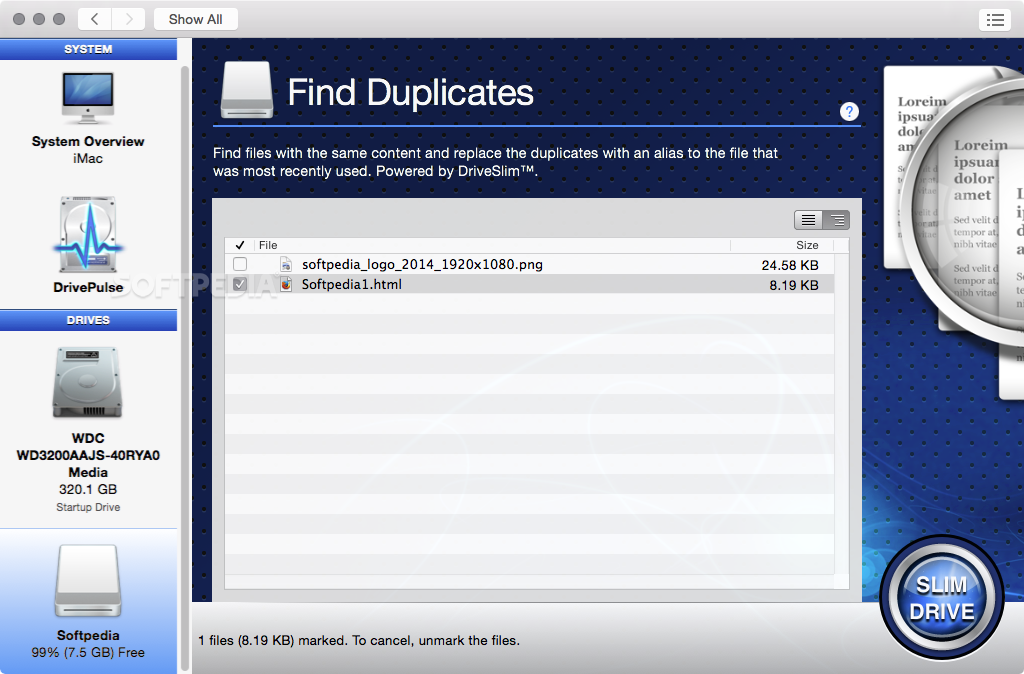

That said, any legal JSON document is also a YAML document, and learning YAML is a lot easier if you know JSON. You need to know that YAML is a superset of JSON and supports data types such as integers, floats, booleans, strings, arrays and objects. YAML’s official website ( ) has a complete introduction to the language specification, so I won’t list the details of the language here, but only talk about some key points related to K8s to help you master it quickly. YAML was created in 2001, three years after XML. We just need to use the declarative way to tell K8s our goal of the task, and let it handle the details of the execution process by itself. The Master/Node architecture allows it to know the status of the entire cluster well, and many internal components and plug-ins can automatically monitor and manage applications. In K8s worlds, the cluster is such a skilled taxi driver.
DRIVE GENIUS 6 HOW TO
Take a taxi is the imperative way, the taxi driver knows where the airport is and how to get there efficiently, you just need to tell the driver your destination, then sit in the car and the taxi will take you to the airport. “self-drive” is the declarative way, since you need to input the destination into GPS, then follow each instruction. There are two ways of getting there, one is self-drive and the other is take a taxi. The K8s official website deliberately uses air conditioning as an example to explain the principle of “declarative”, but I still feel that it is not too clear, so here I will use “taxi” and “self-drive” to explain “imperative” and “declarative” vividly difference. These two concepts are relatively abstract and not easy to understand, and they are also one of the obstacles that K8s beginners often encounter. Their relationship in the computer world is a bit like the “sword” and “aircraft” in the novel. So before we get to know YAML in detail, we have to take a look at the two ways of working, “declarative“ vs “imperative“. The YAML language used by K8s has a very key feature called “ Declarative”, which corresponds to another word: “ Imperative”. I guess all of these made YAML the default standard language for K8s. In general, YAML is visually easier to look at, has the ability to reference other items, doesn’t allow duplicate keys and it has more features. So why YAML is more widely used and become the lingua franca in K8s world?Ĭompare to JSON, YAML format is more user friendly, and more important, YAML is a superset of JSON, this means that, in theory at least, a YAML parser can understand JSON, but not necessarily the other way around. We know that K8s only supports the creation of resource objects in YAML and JSON formats, which are used for message delivery between interfaces and are suitable for development.
DRIVE GENIUS 6 FREE
Can it be true that it only works with hard drives? Seriously? Finally, I'm hoping someone with the appropriate technical background can answer this question: Do you really want to be "secure erasing" files or free space on solid state drives? If secure erasing SSD means overwriting it with random patterns over and over, as is typically done with hard drives, doesn't that just increase wear on the SSD and shorten its useful lifetime? Thanks for any replies.YAML - or, “Yet Another Markup Language” - is a text format used to specify data related to configuration. Beyond that, DG is just a collection of so-so utilities.
DRIVE GENIUS 6 MAC
I suppose it has a real-time component, but no Mac user should need that anyway.

And why did DG feel the need to tack on a "me too" malware scan? There are tons of those out there already. I can't see why anyone would use "Drive Pulse" (or TechTool's equivalent real-time drive monitor).

DRIVE GENIUS 6 PRO
TechTool Pro always seemed to me to be better. Even the interface seemed overly slick with all those moving parts. I used to own and use "Drive Genius," but I can't say I ever liked it and I didn't like the pretensions of having "Genius" in the name.


 0 kommentar(er)
0 kommentar(er)
